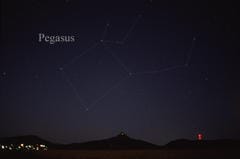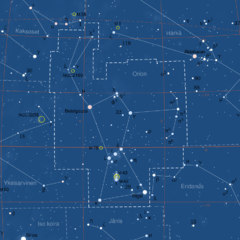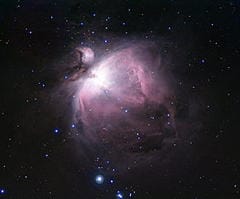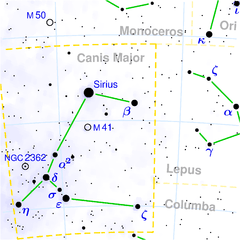This guide initially displays things that you may be able to see over the next few weeks. Use the selector below to find items by name, regardless of time of appearance.
For more local information join the Pajarito Astronomers and watch for Los Alamos County-sponsored Dark Nights.
Astronomy References
Archaeoastronomy (solstices and equinoxes)
MrEclipse
NASA (eclipses, transits, moon phases)
Subject Area Experts (all guides)
Steve Cary (butterflies)
Beth Cortright (insects)
Terry Foxx (invasive plants)
Leslie Hansen (mammals)
Richard Hansen (fish, mammals)
Dorothy Hoard (butterflies, trees)
Chick Keller (flowers, herbarium)
Shari Kelley (geology)
Kirt Kempter (geology)
Garth Tietjen (reptiles)
David Yeamans (birds)
Web Development and Content Management
Pat Bacha
Jennifer Macke
Graham Mark
Akkana Peck
Contact
Please contact us for local nature questions and sightings. We welcome comments, corrections, and additions to our guides.
For more information about local nature, please visit our Nature Blog or subscribe to PEEC This Week.
Make Selection
 Photo: Till Credner | Great Square of PegasusVisible with the naked eyeSep 15 - Jan 15 The Great Square of Pegasus forms the body of Pegasus, the flying horse. The horse flies upside down for most of its path across the sky. Pegasus's hind legs are part of the constellation Andromeda, named for the mythological daughter of Queen Cassiopeia. |
.jpg) Photo: Adam Evans | Andromeda GalaxyVisible with the naked eyeSep 15 - Jan 30 The Andromeda Galaxy is the most distant object (at about 2.5 million light years) that can easily be seen with the naked eye. |
 Photo: Vzb83 | OrionVisible with the naked eyeNov 01 - Feb 01 Look for Orion the Hunter, high in the southern sky. Three bright stars in a line make up his belt. The very bright star to the left of Orion is Sirius, the dog star and the brightest star in the sky, part of the constellation Canis Major, Orion's faithful Big Dog which follows him everywhere. |
 Photo: Ole Nielsen | Orion NebulaVisible with binocularNov 01 - Feb 01 The Great Nebula of Orion, or M42, is a huge cloud of hydrogen gas in which young stars are being born. It lies roughly 1.3 light-years away from us. You can find it easily in binoculars. It is the cloud around the middle star (actually four stars, called the Trapezium) in Orion's sword (not his belt). |
 Photo: Torsten Bronger | SiriusVisible with the naked eyeJan 15 - Mar 30 Sirius, the Dog Star, is the brightest star in the sky. It is inherently very bright because it is very close to us, only 2.6 parsecs; but also it is inherently bright. It is actually a double star, but the second component is a faint white dwarf which can only be seen in a large telescope. |
 Photo: Rawastrodata | Double ClusterVisible with binocularSep 01 - Apr 01 The Double Cluster in Perseus consists of two groups of young stars, with more than 300 blue-white super-giant stars in each cluster. They are easy to see in binoculars, though they are even prettier in a small telescope. |
